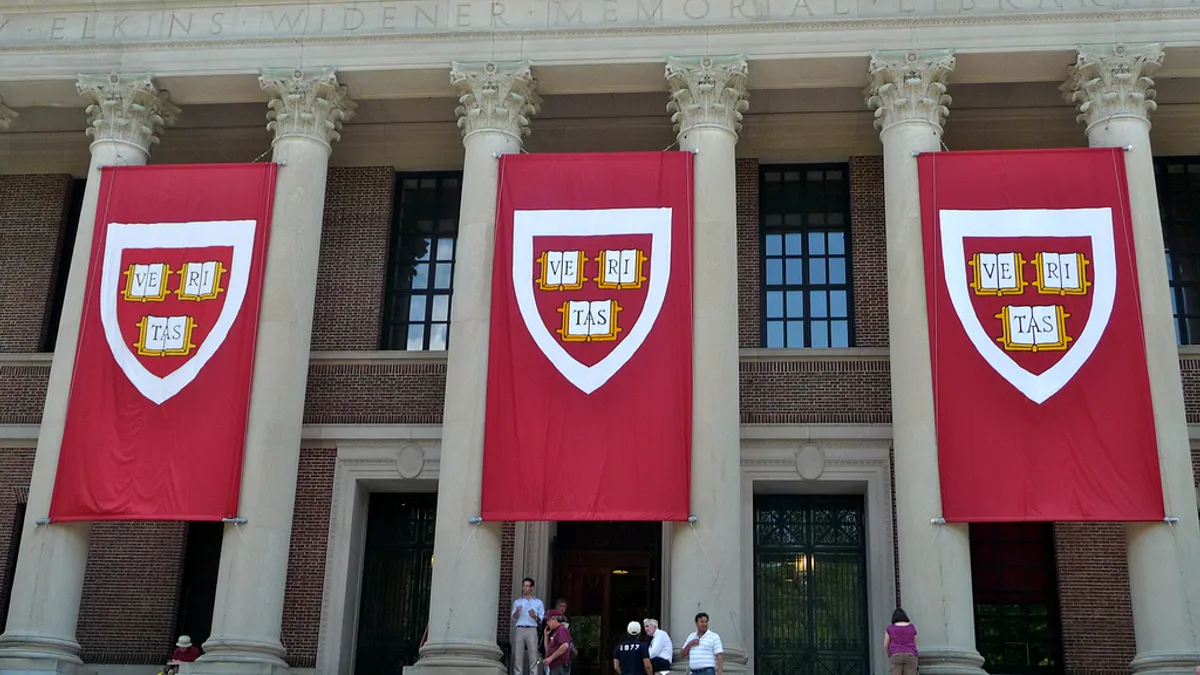Dive Brief:
- Unconventional hiring processes can result in more qualified talent, according to a report from Correlation One. The Future of Data Talent Report focused on research in the data science field, and its findings elucidate how employers can better attract and assess potential data science hires.
- By volume, there are "significantly more" qualified students at tier-two and tier-three schools for data science and analytics than at tier-one schools, according to the report. And these undervalued schools have students in their top 10% who outperform their teir-one counterparts, the study said.
- Moreover, looking at GPA alone may inaccurately indicate students' potential and ability, according to the study, because of differences in grading scales.
Dive Insight:
With a 63% jump in AI job openings in 2018 alone, applicants with a data science background are in high demand. However, filling those roles and forecasting future skill needs continues to put the squeeze on employers. With plans to increase headcount, many employers have started to look to alternative credentialing instead of four-year institutions to source candidates. With myriad industries affected by the digital skills gap, such alternative recruitment strategies may be exactly what’s needed.
Similarly, rather than recruiting average students from top schools, the study's findings suggest that employers could look to recruit talent from tier-one or tier-two schools who are more skilled, less expensive and easier to hire. Likewise, for employers prioritizing diversity and inclusion, historically black universities and other organizations can be source of talented applicants who can bring both skills and new perspectives. Even with diversity initiatives stalled in the tech industry, some are finding that such efforts boost both the bottom line and innovation.












